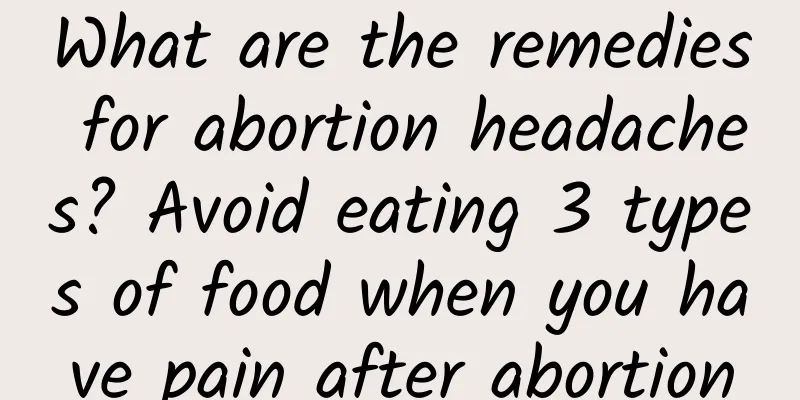What can help treat pelvic peritonitis?

|
Maybe you don't know much about pelvic peritonitis, or even you are still unfamiliar with it. However, the number of people suffering from pelvic peritonitis is increasing, so we must understand the relevant knowledge. We must find it in time, treat it in time, and be prepared for any eventuality. The following is the treatment method of pelvic peritonitis that I have sorted out for you, I hope it will be helpful to you. (1) Surgical treatment ① Lesion treatment: Eliminating the cause of pelvic peritonitis is the main purpose of surgical treatment. ② Clean the abdominal cavity: After eliminating the cause of the disease, the pus in the abdominal cavity should be sucked out as much as possible, and the food and residue, feces, foreign objects, etc. in the abdominal cavity should be removed. ③Drainage: so that the remaining inflammation can be controlled, limited and disappear. (2) Non-surgical treatment ① Body position: When there is no shock, the patient should take a semi-recumbent position, move the lower limbs frequently, and change the pressure points to prevent venous thrombosis and bedsores. ②Fasting: Patients with gastrointestinal perforation must absolutely fast to reduce continued leakage of gastrointestinal contents. ③ Gastrointestinal decompression: It can reduce gastrointestinal distension and improve gastrointestinal wall blood circulation. It is an indispensable treatment for patients with pelvic peritonitis. ④ Intravenous infusion: Patients with pelvic peritonitis who are fasting must receive infusion to correct water electrolyte and acid-base imbalance. ⑤Supplement calories and nutrition: Acute pelvic peritonitis requires a large amount of calories and nutrition to supplement its needs. ⑥Application of antibiotics: A large amount of broad-spectrum antibiotics should be used in the early stage, and then adjusted according to the results of bacterial culture. Intravenous drip is the best route of administration. ⑦ Analgesia: For patients whose diagnosis has been clear and treatment methods have been decided, it is necessary to appropriately use sedatives and analgesics to relieve the patient's pain. Through the introduction of the above knowledge, I believe everyone has a certain understanding of pelvic peritonitis. However, it is not enough to just understand the above knowledge. I hope that patients will read more relevant information, consult doctors, and seek timely treatment to get rid of the troubles of pelvic peritonitis as soon as possible and restore their health. |
<<: How to treat chronic pelvic peritonitis
>>: How to treat female pelvic peritonitis
Recommend
What are the most obvious signs before menstruation?
There is no such thing as the "most obvious ...
What causes cervical erosion?
Cervical erosion is a very common gynecological d...
What is the cause of death from uterine fibroids? Is the mortality rate from uterine fibroids high?
Uterine fibroids are common benign tumors that gr...
Will irregular menstruation cause infertility?
The statement that irregular menstruation causes ...
Detailed analysis of the difference between cervicitis and cervical erosion
Many people tend to confuse cervicitis with cervi...
Diagnosis of pelvic inflammatory disease
Acute pelvic inflammatory disease There is often ...
What is the difference between a biochemical pregnancy and an ectopic pregnancy?
The difference between biochemical pregnancy and ...
Fatty pancreas is a warning sign of metabolic syndrome! 4 tips to stay away! Doctor: Fatty pancreas may lead to diabetes and pancreatitis
With the rise of health awareness, modern people ...
Fight obesity! Chinese medicine acupoint massage method for slimming the whole body is revealed
From the perspective of traditional Chinese medic...
How to cure post-abortion infection
How to cure infection after abortion? Every femal...
【Video Version】Reverse fatty liver disease! Nutritionist Zhao Hanying: Avoid the "three white" foods
One out of every 2 to 3 people in the country suf...
Does the inflammatory mass have pelvic effusion?
Inflammatory masses may be accompanied by pelvic ...
What are the clinical manifestations of vulvar leukoplakia?
What are the clinical manifestations of vulvar le...
Female friends suffering from adnexitis must pay attention to several aspects.
Adnexitis is a disease that almost all female fri...
What causes dysmenorrhea?
Many women will experience dysmenorrhea in their ...









